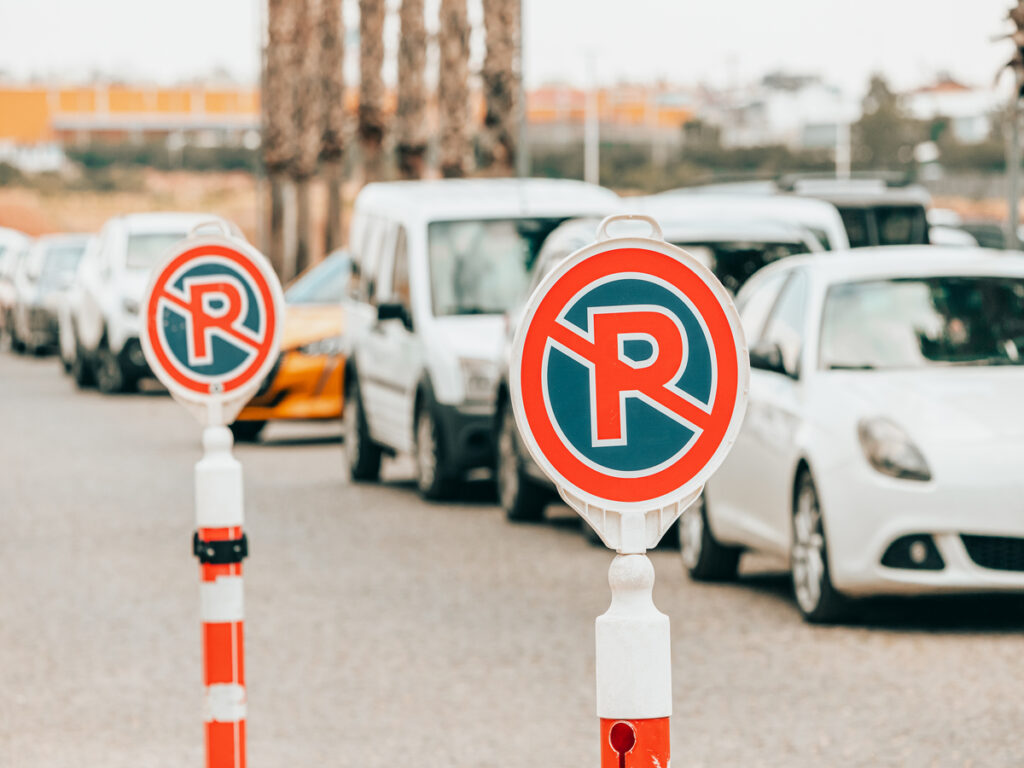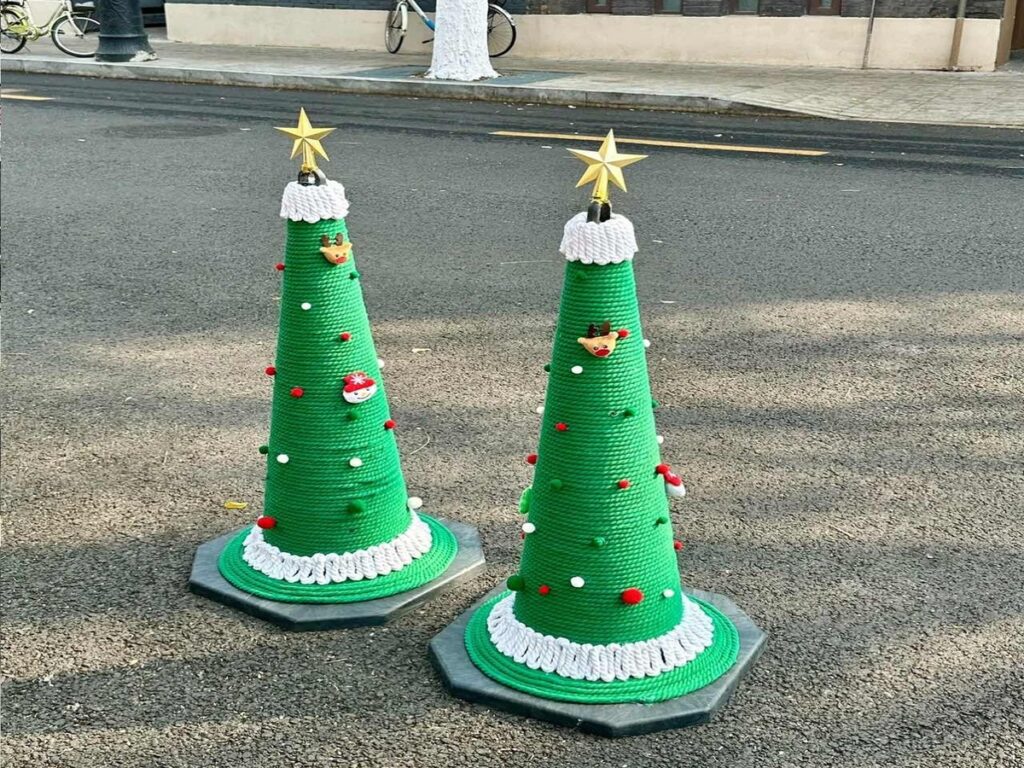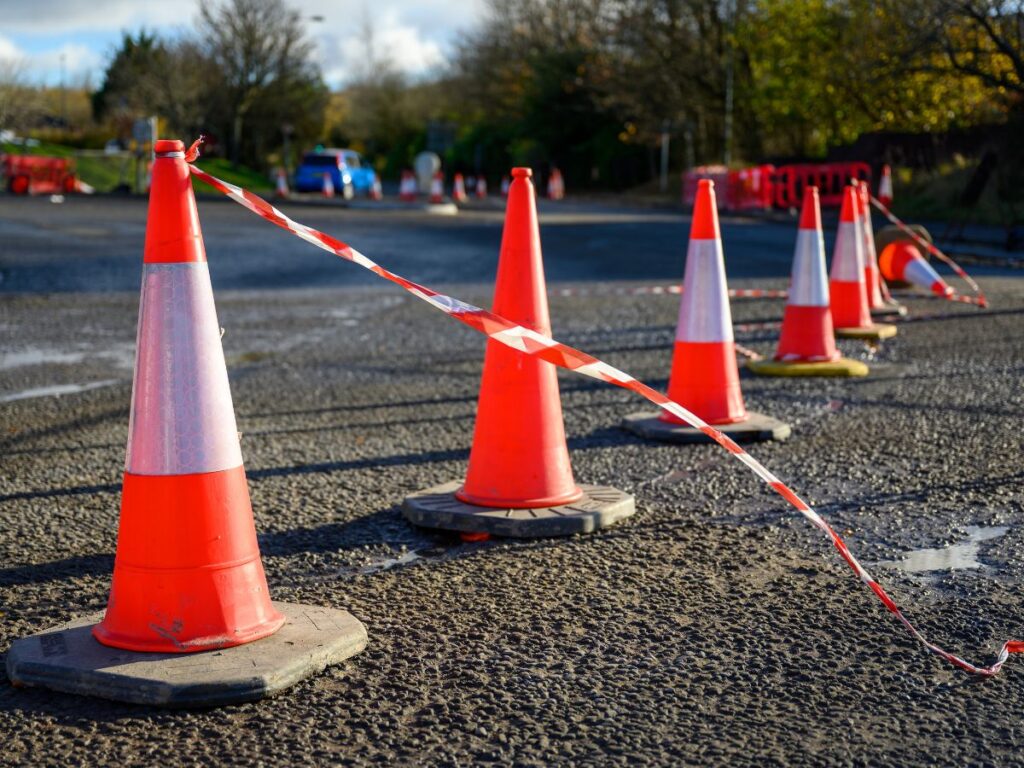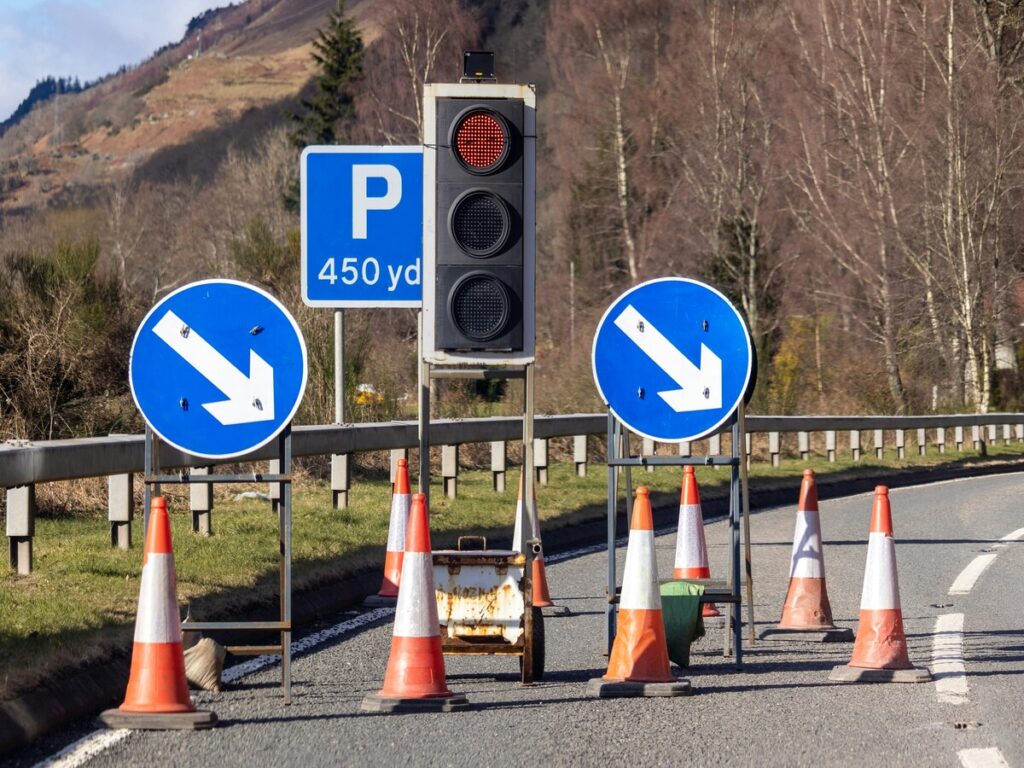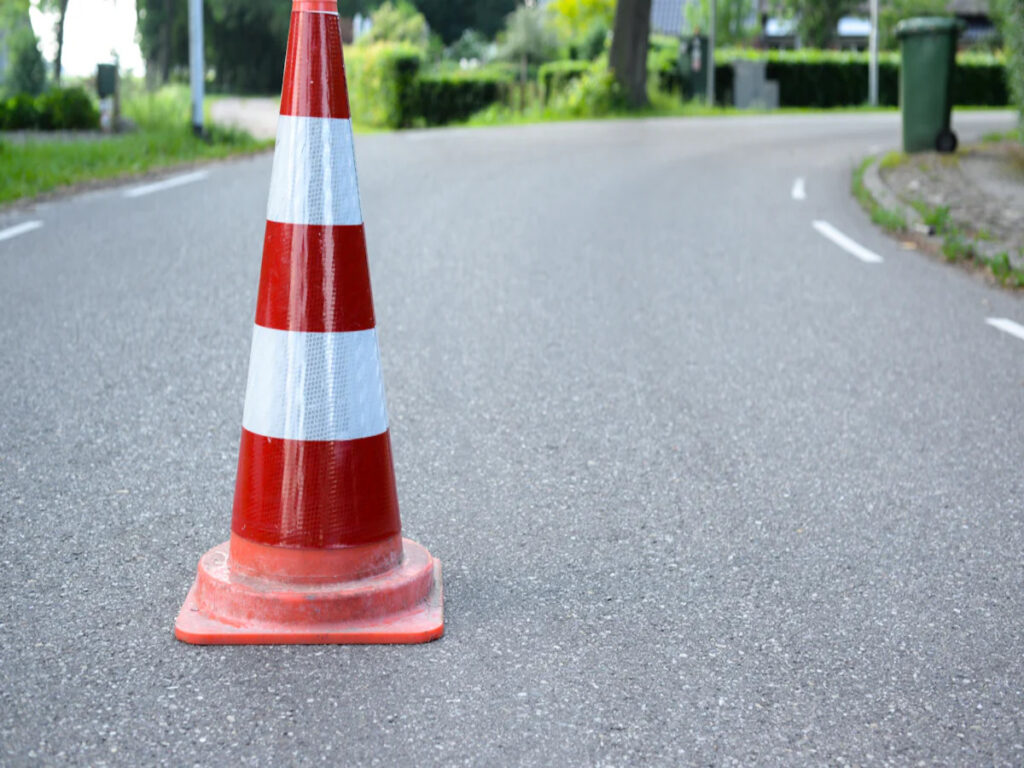
権利を選択します オレンジ色の交通コーン さまざまな設定で安全性と効率を確保するために重要です. オレンジ色の交通コーンを効果的に選択する, 情報に基づいた決定を下すには、使用環境を検討する必要があります. トラフィックコーンは、交通を誘導し、建設ゾーンの安全性を高める上で重要な役割を果たします, 駐車場, とイベント. 重要な考慮事項には、コーンが使用されるかどうかが含まれます 屋内または屋外 そして彼ら 温度耐性. これらの要因は、コーンの耐久性と有効性に大きな影響を与えます. これらの要素を理解することによって, あなたはあなたの特定のニーズを満たすコーンを選択し、彼らが直面する条件に耐えることができます.
交通コーンの目的を理解する
交通コーンは、さまざまな環境で安全性と組織を維持するための不可欠なツールとして機能します. トラフィックコーンを選択するとき, 彼らの目的を理解することは、安全性と効率を高めるための情報に基づいた決定を下すのに役立ちます.
安全性と組織における重要性
交通安全コーンは、車や歩行者を危険なエリアから遠ざけることにより、安全性を確保する上で重要な役割を果たします. それらを使用して建設ゾーンをマークできます, 交通の流れをガイドします, 潜在的な危険を個人に警告します. 境界を明確に定義することによって, これらのオレンジ色の交通コーンは、事故を防ぎ、注文を維持するのに役立ちます. 彼らの明るい色と反射的な特徴はそれらを非常に目に見えるようにします, 低照度条件でも, これにより、安全性がさらに向上します.
さまざまな設定での一般的な使用
幅広い設定にオレンジ色の交通コーンがあります, それぞれが特定の目的を果たします. 建設現場で, 彼らは制限されたエリアをマークし、作業ゾーンを通して車両を安全に導きます. 駐車場はそれらを使用して駐車スペースまたは直接交通フローを指定します. 多くの場合、イベントはオレンジ色の交通コーンに依存して群衆を管理し、秩序ある動きを確保する. 屋内, メンテナンスを強調したり、歩行者を導くために、倉庫や工場でそれらを見るかもしれません. 交通コーンの目的を決定することにより, 特定のニーズに合った適切なタイプとサイズを選択できます.
トラフィックコーンを選択するための材料オプション
折りたたみ式のトラフィックコーンを選択するとき, さまざまな材料オプションを理解することが重要です. 材料の選択はコーンに影響します’ durability and suitability for specific environments. 屋内および屋外の交通コーンに使用される材料を探索しましょう.
屋内材料
屋内使用のため, プラスチックの交通コーンは軽量で扱いやすい必要があります. 彼らはしばしば厳しい気象条件に直面しません, したがって、柔軟性と費用対効果に焦点を当てています.
低密度ポリエチレン (LDPE)
低密度ポリエチレン (LDPE) 屋内のプラスチック交通コーンに人気のある選択肢です. この素材は柔軟性を提供し、費用対効果が高くなります, 倉庫やイベントスペースなどの環境に理想的にする. LDPEプラスチックトラフィックコーン 移動して保管しやすいです, 機能を犠牲にすることなく利便性を提供します.
その他の軽量材料
LDPE以外に, のような他の軽量の素材 ポリ塩化ビニル (PVC) 屋内のプラスチックトラフィックコーンにも使用されます. PVCコーンは、明るい色と滑らかな表面で知られています, 屋内設定での可視性の向上. これらの材料は、プラスチックの交通コーンが、面倒なことなく、歩行者やマーキングエリアを導くのに効果的であることを保証します.
屋外材料
屋外の交通コーンは、環境の課題に耐えるために、より堅牢な材料が必要です. 彼らは、気象条件と車両や機器からの潜在的な影響に耐えなければなりません.
高密度ポリエチレン (HDPE)
高密度ポリエチレン (HDPE) 屋外のプラスチック交通コーンに好ましい材料です. 優れた耐久性を提供します, 影響に抵抗すると UV 劣化. HDPEコーンは、長時間の太陽に曝露しても形と色を維持します, 建設現場や道路工事に適したものにします.
ゴムおよびその他の耐久性のあるオプション
ゴムは、屋外コーンのもう1つの耐久性のあるオプションです. 柔軟性と耐衝撃性を提供します, 風の強い状態では、ゴムの交通コーンが安定したままであることを確認する. ゴムの交通コーンは、繰り返しの衝撃に耐える能力のために、交通量の多い領域でよく使用されます. さらに, いくつかのゴムの交通コーンには、リサイクル材料が組み込まれています, 強さを維持しながら、環境の持続可能性を向上させます.
適切な材料を選択することにより, あなたはあなたのオレンジ色の交通コーンが彼らの環境の要求を満たすことを保証します, 屋内であろうと屋外でも. オレンジの交通コーン材料と耐久性を理解することは、安全性と効率を高める情報に基づいた決定を下すのに役立ちます.
サイズと視認性の考慮事項
折りたたみ式のトラフィックコーンを購入するとき, サイズと可視性の両方を考慮する必要があります。. 適切な折りたたみ式コーンのサイズと高さは、さまざまな環境で機能に大きな影響を与える可能性があります. さらに, 反射バンドやストライプや高可視性のコーンカラーなどの視認性の機能は、コーンをより顕著にすることで安全性を高めます.
さまざまな環境でのサイズの重要性
トラフィックコーンのサイズは、その効果に重要な役割を果たします. 屋内設定で, 小さなコーン 多くの場合十分です. それらは簡単に保管して移動できます, 倉庫やイベントスペースに最適にします. しかし, 屋外環境で, 特に高速道路や建設現場で, より大きなコーンが必要です. それらはより良い可視性と安定性を提供します, 風が強い状態でさえ直立したままであることを保証します. コーンの高さは、エリアの交通量の速度と量に一致する必要があります. 背の高いコーンは遠くからより目立ちます, これは、高速道路に不可欠です.
可視性機能
可視性は、トラフィックコーンの有効性の重要な要素です. あなたは、事故を防ぎ、安全を確保するために、さまざまな照明条件で際立っているコーンが必要です.
反射的なストライプ
反射的なストライプは、交通コーンの視認性を高めるために不可欠です, 特に夜間または低照度の状態で. これらのストライプは、車両のヘッドライトからの光を反映しています, コーンを遠くから見えるようにします. 研究によると, 反射的なトラフィックコーンは、明確な視覚的な手がかりを提供します, 事故を防ぎ、交通安全を維持するために重要です. 多くのコーンには、安全基準を満たす反射襟が付属しています, 有害な気象条件で簡単に識別できるようにします.
明るい色
視認性の高い円錐色, 蛍光オレンジやライムグリーンなど, 注意を引くように設計されています. これらの色は、ほとんどの背景とはっきりと対照的です, 日光と低光の両方の環境の両方で非常に効果的にする. 鮮やかな色のオレンジ色の交通コーンは、ドライバーと歩行者に特定のメッセージを伝えることにより、コミュニケーションと安全性を向上させます. また、ブランドや画像に合わせてカスタマイズされた色を選択することもできます, 機能と美学の両方を強化します.
トラフィックコーンのサイズと視認性の特徴を検討することにより, あなたは彼らが彼らの環境の要求を満たすことを保証します. 屋内であろうと屋外でも, 適切なコーンを選択すると、安全性と効率が向上します.
重量と安定性の要因
オレンジ色の交通コーンを選択するとき, 重量と安定性は、さまざまな環境での有効性を確保する重要な考慮事項です. これらの要因の適切なバランスは、オレンジ色の交通コーンを維持するのに役立ちます’ 位置, 環境の影響により、それらが転倒するのを防ぎます.
風の強い条件における体重の重要性
ウェイトは、オレンジ色の交通コーンのパフォーマンスにおいて重要な役割を果たします, 特に風の強い状態で. 重いコーンは、強い突風に対してより良い抵抗を提供します, それらが直立して目に見えるようにします. この安定性は、高速道路や建設現場などの屋外設定に不可欠です, 風が軽いコーンを簡単に移動できる場所. による交通コーンの発明 チャールズd. スキャンロン 彼らのデザインに革命をもたらしました, 体重と寿命を増加させるゴム材料を組み込んでいます. 適切な重量でゴムの交通コーンを選択することにより, 環境ストレスに耐える能力を高めます, 安全性と注文を維持します.
屋外で使用するための安定性機能
安定性の特徴は、屋外の交通コーンに不可欠です, 彼らは風などのさまざまな課題に直面しているので, 車両ドラフト, および不均一な表面. より広いベースのあるコーンは、より高い安定性を提供します, 転倒するリスクを減らす. いくつかのゴムの交通コーンには、加重ベースまたは追加の安定化要素が組み込まれており、要求の厳しい条件でのパフォーマンスを向上させます. オレンジの交通コーンデザインの進化は、安定性を確保しながら明確な視覚的な手がかりを提供することに焦点を当てています. 現代のオレンジ色の交通コーンには、回復力を向上させるためのインターロックベースや砂で満たされた底などの機能が含まれます。. トラフィックコーンの重量と安定性を理解することにより, 屋外環境の需要を効果的に満たす製品を選択できます, 安全性と効率を確保します.
屋内対. 屋外での使用
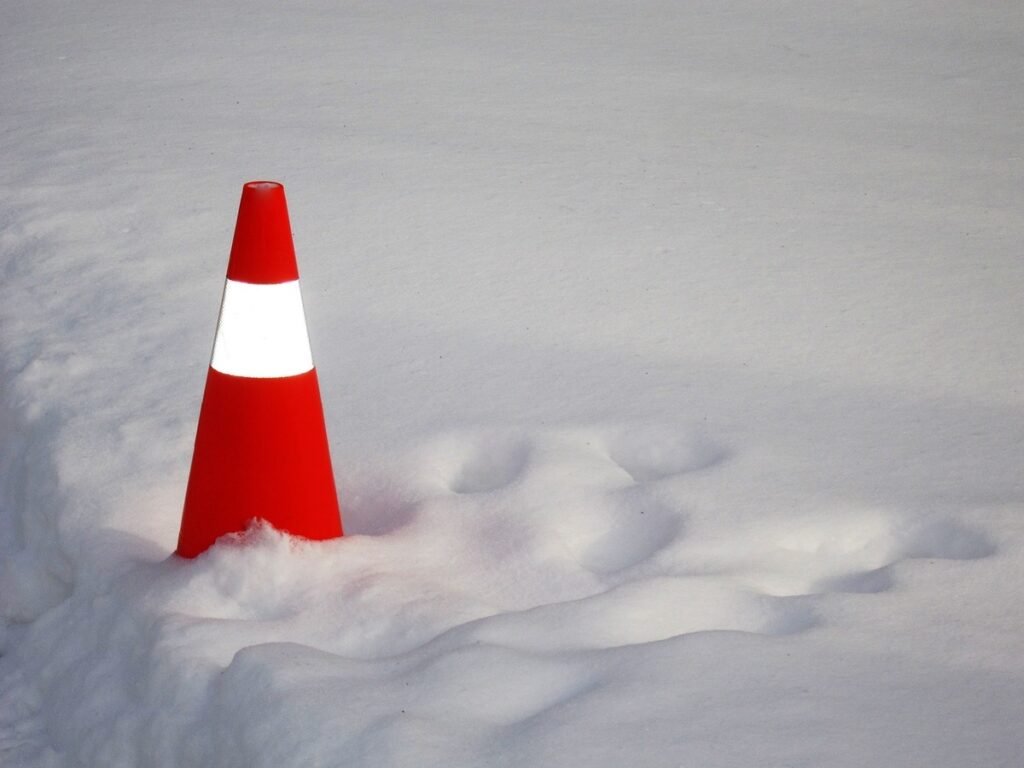
オレンジ色の交通コーンを選択するとき, 屋内使用と屋外の使用の違いを理解することは非常に重要です. 各環境には、安全性と有効性を確保するために特定の機能が必要です.
屋内使用
屋内設定用, 交通コーンは軽量で扱いやすい必要があります. 彼らはしばしば、歩行者やイベントスペースの導きやメンテナンスエリアのマーキングなどの目的を果たします.
推奨資料
低密度ポリエチレン (LDPE) そして ポリ塩化ビニル (PVC) 屋内コーンに最適です. これらの素材は、柔軟性と明るい色を提供します, 頑丈な耐久性を必要とせずに可視性を向上させます. 彼らの軽量の性質により、彼らは簡単に移動し、必要に応じて配置できます.
サイズ & ストレージ
通常、屋内コーンは小さくなります, スタッカリティと携帯性を支援します. 使用していないときは簡単に保存できます, 混雑した環境でスペースを節約します. 彼らのコンパクトサイズは、彼らがまだ明確な視覚的な手がかりを提供しながら、彼らが動きを妨害しないことを保証します.
屋外での使用
屋外の交通コーンは、より厳しい条件に直面しています. 彼らは天候の変化に耐えなければなりません, 影響, さまざまな照明条件で視界を維持します.
材料の耐久性
屋外で使用します, 高密度ポリエチレン (HDPE) そして ゴム 推奨されます. これらの材料は優れた耐久性を提供します, 抵抗性の影響と紫外線の劣化. 彼らは厳しい環境条件下でも形や色を維持します, 長期的な有効性を確保します.
反射機能
屋外コーンの視認性は最重要です. 反射的なストライプやバンドは視界を向上させます, 特に夜間または低照度の状態で. これらの機能は、ドライバーと歩行者が遠くからコーンを見ることができることを保証します, 事故のリスクを減らす. 蛍光オレンジやライムグリーンのような明るい色は視界をさらに向上させます, コーンを多様な背景に対して際立たせます.
屋内環境と屋外環境の特定のニーズを考慮することにより, 視認性の適切なバランスを提供するトラフィックコーンを選択できます, 耐久性, および安定性. これにより、彼らは効果的に目的を果たします, あらゆる環境での安全性と組織の強化.
温度耐性
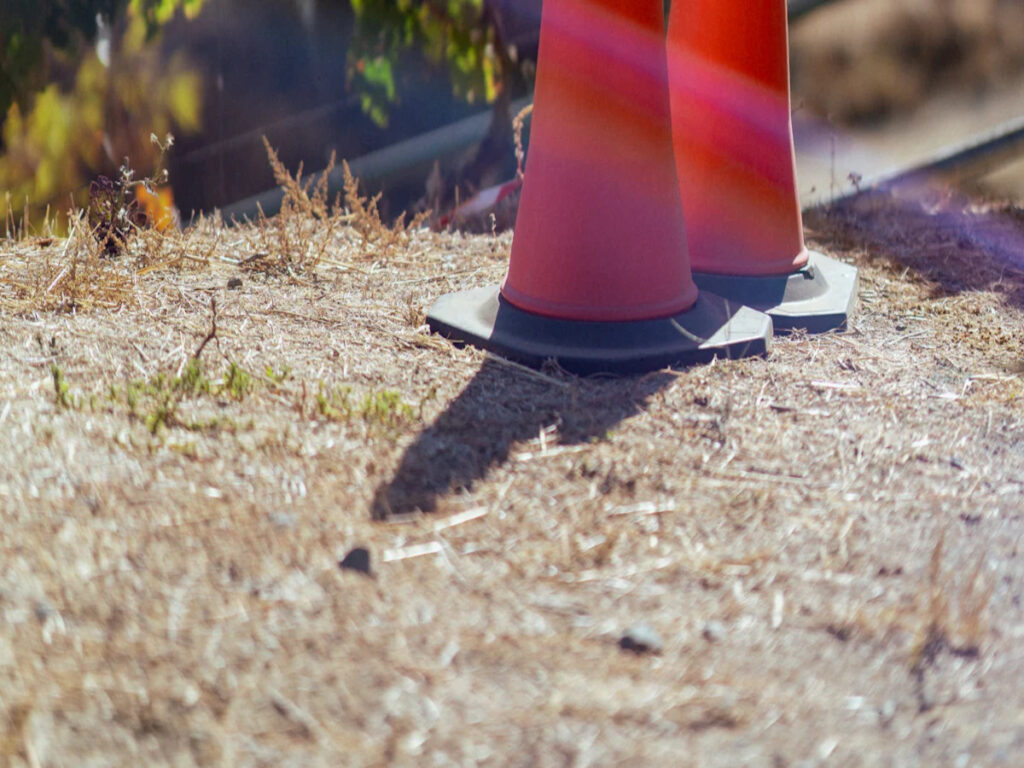
オレンジ色の交通コーンを選択するとき, それらの温度耐性を理解することが重要です. さまざまな環境には、耐久性と有効性を維持するために、特定の温度範囲に耐えることができるコーンが必要です.
屋内温度条件
屋内環境は通常、温度を制御しています, 極端な温度耐性の必要性を減らす. しかし, 特定の屋内設定, 冷蔵施設のように, 脆くなることなく低温に耐えることができるコーンが必要になる場合があります.
推奨資料
屋内使用のため, 低密度ポリエチレン (LDPE) そして ポリ塩化ビニル (PVC) 優れた選択です. これらの材料は柔軟性を提供し、典型的な屋内条件での完全性を維持します. LDPEコーンは軽量で費用対効果が高い, 倉庫やイベントスペースに適したものにします. PVCコーン, 明るい色で知られています, 可視性を向上させ、歩行者の導きやメンテナンスエリアのマーキングに最適です.
屋外温度条件
屋外環境は、より広い範囲の温度課題を提示します. 交通コーンは、機能的で目に見えるようにするために極端な寒さと熱の両方に耐えなければなりません.
耐寒性
凍結温度のある地域で, オレンジの交通コーンには、脆性に抵抗する材料が必要です. 高密度ポリエチレン (HDPE) そして、ゴムはこれらの条件に最適です. HDPEコーンは、低温でも柔軟性と耐久性を維持します, 彼らがクラックしたり、形を失わないようにします. ゴムの交通コーンは、優れた耐衝撃性を提供します, それらが繰り返しの影響に直面する可能性のあるトラフィックエリアに適したものにする.
熱耐性
暑い気候, オレンジ色の交通コーンは、反りと紫外線の分解に抵抗する必要があります. UV処理されたHDPEおよびゴム製コーンは、激しい太陽暴露のある領域に推奨されます. これらの材料は退色を防ぎ、長時間の日光の下で構造的完全性を維持します. 明るい色と反射的なストライプは、視界を向上させます, 厳しい照明条件でもコーンが顕著なままであることを保証する.
適切な温度耐性でトラフィックコーンを選択することにより, それぞれの環境で効果的に機能するようにします. 全体として, この考慮事項は安全性を高め、コーンの寿命を延ばします, それらを貴重な投資にします.
気候条件に基づく地域の推奨事項
オレンジ色の交通コーンを選択するとき, あなたの地域の特定の気候条件を考慮することが不可欠です. 環境が異なると、耐久性と視認性の機能が変化するコーンが必要です。安全性と有効性を確保する.
私たち. 顧客
寒い地域 (北東, 中西部)
北東と中西部の寒い地域で, 凍結温度に耐えることができる交通コーンが必要です. 高密度ポリエチレン (HDPE) そして、ゴム製のコーンは理想的な選択です. これらの材料は、極端な寒さであっても柔軟性と耐久性を維持します, 脆性とひびを防ぐ. 反射的なストライプは、雪に覆われた状態または低光の状態で視界を高めます, 氷の道路での安全性を確保する.
ホット地域 (南西, 南東)
南西部と南東の暑い地域の場合, 紫外線の分解と高温に抵抗する折りたたみ式のトラフィックコーンを選択してください. UV処理されたHDPEコーンは、これらの領域でうまく機能します, 激しい日光の下で色と構造の完全性を維持します. 蛍光オレンジのような明るい色が視界を改善します, 厳しい照明条件でもオレンジ色の交通コーンを顕著にする.
温帯地域 (西海岸)
西海岸は穏やかな気温を経験します, したがって、標準のHDPEまたはゴム製のコーンで十分です. これらのゴムの交通コーンとプラスチックの交通コーンは、極端な温度耐性を必要とせずに耐久性と視界を提供します. 反射機能は、さまざまな光条件で見えるようにしていることを保証します, 忙しい道路の安全性を高める.
オーストラリアの顧客
ホット地域 (西オーストラリア, ノーザンテリトリー)
西オーストラリアとノーザンテリトリーの暑い地域で, 交通安全コーンは激しい熱に耐える必要があります. UV保護されたHDPEまたはゴムコーンをお勧めします. これらの材料は、反りや衰退を防ぎます, 長期的な有効性を確保します. 明るい色と反射的なストライプは、視界を向上させます, 高温環境での安全性が重要です.
中程度の温度 (東海岸, タスマニア)
東海岸やタスマニアのような中程度の気温のある地域の場合, 反射バンドを備えた通常のHDPEコーンはうまく機能します. これらの交通コーンは、屋内と屋外の両方のアプリケーションの両方に十分な耐久性と視認性を提供します, 安全性と効率を確保します.
ヨーロッパの顧客
寒い地域 (北欧, 東欧)
北ヨーロッパと東ヨーロッパで, 冬が厳しいところ, HDPEまたはゴムから作られたオレンジの交通コーンを選択します. これらの材料は低温に耐えます, 柔軟性と耐久性を維持します. 反射的なストライプ 低照度条件での視認性に不可欠です, 氷の道路での安全性を確保する.
暖かい地域 (南ヨーロッパ)
南ヨーロッパの場合, 夏が暑いところ, UV耐性コーンが必要です. これらのコーンは、衰退したり脆くなったりすることなく、高温と長時間の日光への曝露を処理します. 明るい色と反射的な機能は、視界を向上させます, オレンジ色の交通コーンが多様な環境で顕著なままであることを保証する.
あなたの地域の気候条件を考慮することにより, あなたは彼らの環境の要求を満たすトラフィックコーンを選択できます. これにより、彼らは効果的に目的を果たします, あらゆる環境での安全性と組織の強化.
カナダの顧客
寒い地域 (中央 & カナダ北部)
カナダ中部および北部で, あなたは非常に寒い気温に直面します. これらのエリアの交通コーンは、凍結状態に耐えなければなりません. 高密度ポリエチレン (HDPE) そして、ゴム製のコーンがあなたの最良の選択肢です. これらの材料は、深刻な寒さであっても柔軟性と耐久性を維持します, 脆性とひびを防ぐ. 反射的なストライプは、雪の状態または低照度の状態での視認性に不可欠です. 彼らは遠くから円錐を見えるようにすることによって、氷の道路の安全を確保します.
穏やかな地域 (西海岸)
カナダの西海岸では、より穏やかな冬を経験しています. ここ, 標準のHDPEまたはゴムコーンで十分です. これらの折りたたみ式の交通コーンは、極端な温度耐性を必要とせずに耐久性と視認性を提供します. 反射機能は、さまざまな光条件で見えるようにしていることを保証します. これにより、忙しい道路や都市の環境での安全性が向上します.
東南アジアの顧客
熱帯気候
東南アジアで, 一年中暑くて湿度の高い天気に対処します. 交通コーンは、高温と頻繁な降雨に耐える必要があります. UV耐性HDPEまたはゴム製コーンは、これらの状態に最適です. 防水オレンジ色の交通コーンは、大雨が降りやすい地域でも有益な場合があります, それらが安定して効果的であることを保証します.
豊富な経験で, OptSigns 各市場の特定の需要に精通しています. あなたがよりよく理解するのを助けるために, OptSignsは次の表をまとめました, さまざまな気候条件に基づいて推奨されるコーン材料を紹介する.
地域 | 推奨コーン材料 | 重要な機能 |
| 寒い地域 (私たち) | HDPEまたはゴム | 凍結温度で柔軟です, 耐久性 |
| ホット地域 (私たち) | UV耐性HDPE | フェード/ワーピングに抵抗します, 安全のための反射ストリップ |
| 温帯地域 (私たち) | HDPEまたはゴム | 標準材料, 視界に反射します |
| ホット地域 (オーストラリア) | UV保護されたHDPEまたはゴム | UV耐性に極度の暑さに耐えます |
| 中程度の温度 (オーストラリア) | 反射バンドを備えたHDPE | 屋内/屋外での使用に適しています |
| 寒い地域 (ヨーロッパ) | 反射的なストライプを備えたHDPEまたはゴム | 耐久性, 低照度条件で見える |
| 暖かい地域 (ヨーロッパ) | UV耐性HDPE | 分解せずに熱を処理します |
| 寒い地域 (カナダ) | 反射機能を備えたHDPEまたはゴム | 極端な寒さで柔軟です, 冬の可視性にとって重要です |
| 穏やかな地域 (カナダ) | 標準のHDPEまたはゴム | ほとんどのアプリケーションで十分です |
| 熱帯気候 (東南アジア) | UV耐性HDPEまたはゴム | 紫外線と防水, 熱と湿度を処理します |
適切な交通コーンを選択することは、さまざまな環境で安全性と効率を確保するために不可欠です. 屋内と屋内のような要因を考慮する必要があります. 屋外での使用, 温度耐性, および地域の気候条件. 例えば, PVCやゴムなどの耐久性のある材料から作られた交通安全コーンは、厳しい天候と衝撃に耐えます, それらを屋外で使用するのに理想的にします. トラフィックコーンを購入するとき, 安全性を高めるための明るい色や反射ストリップなどの可視性機能に優先順位を付ける. これらの要素を理解することによって, 特定のニーズを満たすオレンジ色の交通コーンを選択し、長期的な耐久性と有効性を確保することができます.

